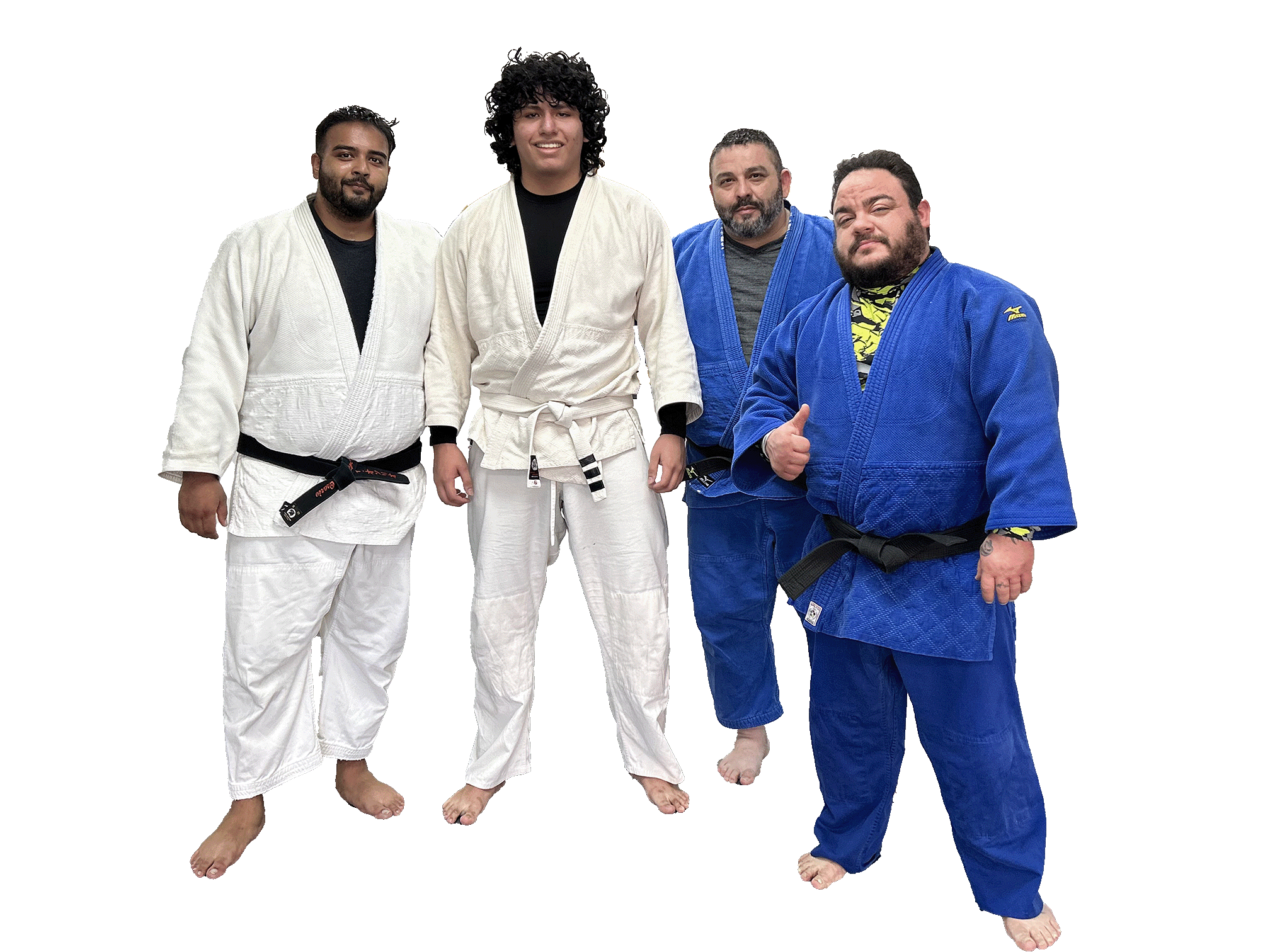Diehard BJJ devotees have been known to apply their competitive spirit to verbal combat when they are off the mat. Their passion carries over to debates about the same topics year after year. There are no wrong or right answers, just opportunities for afficionados to chat about their favorite subject.
So, what are the most common controversies? These are just a few:
Gi or no-Gi?
Traditional BJJ practice, like most martial arts, always required students to wear a Gi. However, MMA fighters are never seen wearing them, and BJJ is the dominant style in their training. Still, both approaches have their defenders.
Training with the gi is how the Gracie family has always done it, and what is good for the Gracies is simply fine with most BJJ academies. Again, though, plenty of local karate schools have re-branded themselves as mixed martial arts centers, which do not necessarily place an emphasis on wearing the gi. When it comes to competitions, the gold medals tend to go to fighters who train with the gi. Meanwhile, some specialists feel that once the gi top is removed, certain grips no longer apply, and their time is better spent on training without one.
Self-defense or sport?
The benefits of martial arts training vary for each student. Some train for self-defense while others are mostly interested in fitness. Of course, this has become another point of contention.
Brazilian jiu-jitsu, like most other martial arts, was created for self-defense. If it does not work in a street fight, it is not worth practicing. If it does not apply to real world threats, its credibility is questioned. However, in more civilized times, it is possible that students may never have to use their skills for violent encounters. They are free to enjoy the thrill of bettering themselves by staying healthy, keeping fit, and making friends.
Old school or new school?
So far, these arguments could be classified as “old school vs. new school” and there is nothing wrong with that. It is a typical way to frame most points of view regarding martial arts. Some teachers adhere to the “if it ain’t broke” philosophy, while others strive for constant innovation. All classes will likely include the fundamental positions, such as mount, guard, and back mount. To remain effective, however, martial arts must evolve. Resisting change impedes progress.
One school or many?
Old school masters, like Carlson Gracie Sr., have referred to students who leave their home academy to train with another, as traitors. In his day, a school was expected to treat its techniques like trade secrets. Since the dawn of the internet, however, that concept has become obsolete. Loyalty, on the other hand, has not. Anyone can watch a YouTube video, but the relationship between instructor and student, as well as the one formed between teammates, cannot be replaced.
Yet, schools have walls, while the internet does not. This makes it rather difficult to prohibit the sharing of knowledge. Secrecy, like privacy, has all but vanished, but sharing contributes to the development and spread of jiu-jitsu.
Once you dedicate your life to Brazilian jiu-jitsu, there is end to this discussion. You may disagree with one another, but the art will only grow stronger. Have fun and feel free to add questions of your own.

